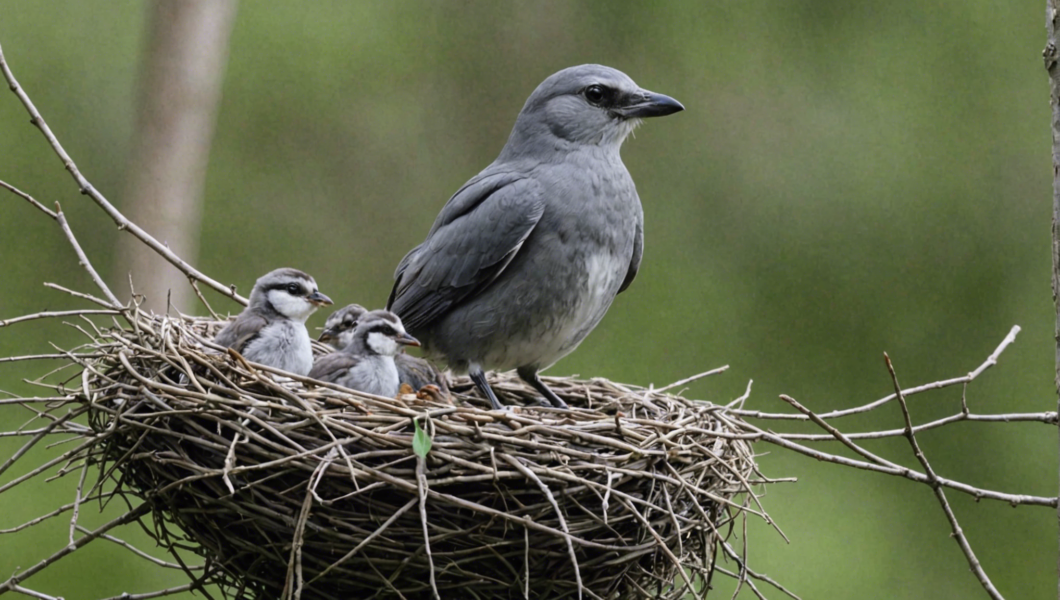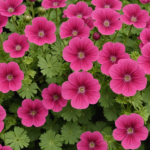The Nest-Stealing Bird: Hey, Grey
The Grey Cuckoo (Cuculus canorus) is a medium-sized bird that belongs to the order Cuculiformes. Its distinctive call, from which it gets its name, can be heard in the springtime in both rural and urban gardens, signaling the start of the breeding season. Renowned for its ability to parasitize the nests of other bird species, the Grey Cuckoo has a remarkable strategy for reproducing and surviving at the expense of others. Let’s dive into the fascinating world of this common yet controversial bird.
Introducing the Grey Cuckoo
The Grey Cuckoo is a member of the Cuculidae family, which includes 128 species that practice some form of brood parasitism. However, the Grey Cuckoo is considered one of the most notorious nest stealers. In terms of physical characteristics, it resembles a dove in size and has a shape similar to that of parrots. With a length of approximately 30 cm and a wingspan of 55-60 cm, the Grey Cuckoo weighs around 105-130 g.
The male Grey Cuckoo has a gray-blue head, throat, chest, and back, with a white belly striped with fine black lines. Its long wings are dark gray, and its rounded tail ranges from dark gray to black, with white spots. Its eyes are brown with a yellow ring, its beak is gray, and its legs are short and yellow.
The female Grey Cuckoo can have two different appearances. In most cases, she resembles the male but has darker stripes on her plumage. In less frequent cases, her plumage has reddish or brownish tones on the back and chest, with a tail ending in white bands.
However, the Grey Cuckoo is most easily recognized by its call, a distinct “cou-cou cou-cou” that can be heard in the spring when the male is attracting females for breeding.
Habitat and Diet
The Grey Cuckoo is a migratory species that can be found in various habitats. During the breeding season, it is present in Europe, Asia, and Northern Africa, while in winter, it migrates to Southern Africa and Southeast Asia.
The Grey Cuckoo can be found in forest edges, woods, clearings, plains, wooded farming areas, hilly or mountainous regions up to 2,000 meters in altitude. They prefer open environments with hedges, groves, and light woodlands. Additionally, they can also be spotted in gardens.
Strictly insectivorous, the Grey Cuckoo feeds primarily on insects and their larvae. It has a particular taste for hairy caterpillars, including those of the processionary moth, which are difficult to get rid of and can cause damage to conifers. The Grey Cuckoo is the only feathered predator capable of ingesting and digesting their long, irritating hairs. It also consumes worms, dragonflies, grasshoppers, and beetles.
Reproduction of the Grey Cuckoo
The nesting season for Grey Cuckoos begins in late April or early May when the males attract females with their distinctive calls. The male displays his long tail and sways to impress the female. Before copulating, the male presents a tuft of grass or a small branch to his partner. Each individual can have multiple breeding partners throughout the season.
Females lay only one fertilized egg at a time, with an average of ten clutches during the breeding period and up to a maximum of 25 eggs. However, what makes this species unique is that the female does not build a nest for her brood. Instead, she cunningly deposits her eggs in the nests of other bird species when the incubating parent is not present. Surprisingly, the cuckoo’s eggs mimic the appearance and size (or slightly larger) of the host’s eggs, even though they belong to a different species. This deception is made possible because female Grey Cuckoos specialize in parasitizing certain host species. The ability to mimic their eggs is passed down from mother to daughter, although occasionally, mistakes can occur.
The female Grey Cuckoo never raises her own chicks; she leaves the task to other birds. While she can parasitize the nests of nearly 150 different species, she tends to target around 40 specific ones, including robins, gray wagtails, and redstarts. However, she selects host species that are insectivorous to ensure her offspring do not starve. Some birds are observant enough to notice the intrusion and will pierce the cuckoo egg with their beaks and discard it from their nest. Nevertheless, the cuckoo eggs have a very hard shell, providing better protection against such attacks.
Another astonishing behavior of the Grey Cuckoo is the rapid hatching of its egg. After just 11-12 days of incubation, the cuckoo chick emerges, usually before the host eggs. Once born and freed from its thick shell, the naked chick rests for 24 to 36 hours before using its body as leverage to push the other eggs out of the nest, ensuring its own survival. Even blind, it manages to eliminate its future competitors. However, some cuckoos abandon this effort halfway through and cohabit with their adopted siblings.
In the bird world, there is no distinction made between suspicious eggs and their own offspring. Consequently, once the Grey Cuckoo chick is born, it is cared for and protected by its adoptive parents as if it belonged to them. However, this baby cuckoo has an insatiable appetite! Constantly begging for food with its orange-red throat, it may even be prioritized over the host’s own chicks, sometimes growing much larger than its adoptive mother.
Feeding relentlessly, the Grey Cuckoo grows rapidly and needs to eat continuously for 18-25 days, twice as long as the host species’ chicks. Some exhausted foster parents may abandon the cuckoo before it is ready to leave the nest after three weeks. When this does not happen, the young cuckoo takes flight, weighing 70-110 g, 30 times its birth weight, which is significantly more than its adoptive parents.
The Grey Cuckoo’s Role in the Garden
The Grey Cuckoo plays a beneficial role in gardens through its diet. It helps control populations of hairy caterpillars, such as those of the processionary moth, which can be challenging to eliminate and cause damage to conifers like the Austrian pine, Corsican pine, Scots pine, maritime pine, and Aleppo pine, commonly found in gardens.
In France, the Grey Cuckoo is present throughout the country but in low densities. It is listed as an endangered species, and although the data is difficult to quantify accurately, its population decline appears to be accelerating.



